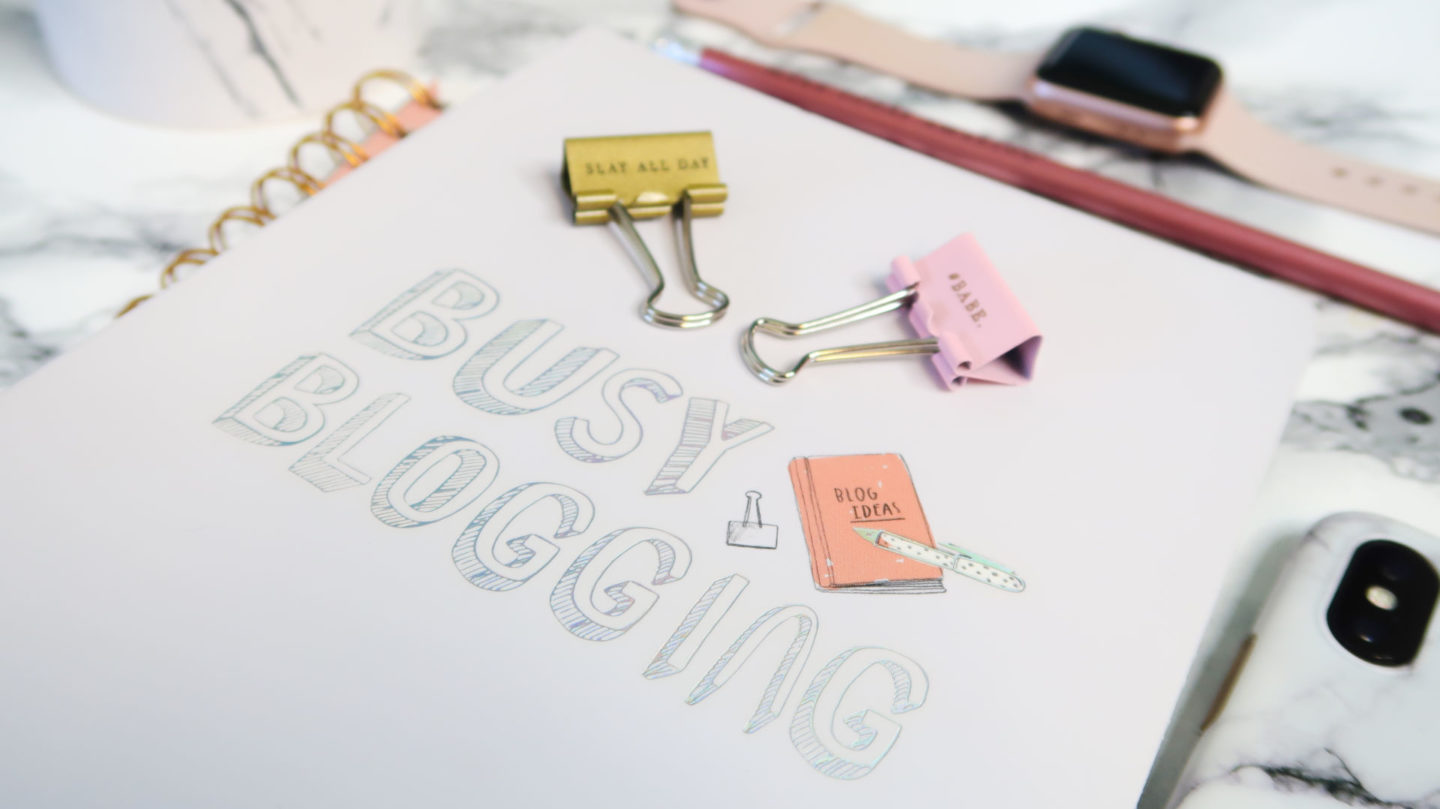
Over the two years that I was studying for my MSc, I was keen to continue to work on and develop my blog but creating a constant stream of new content was not viable.
So during that time, I focused on small SEO (Search Engine Optimisation) things that I could do in addition to new content as and when I could. There are simple and small things you can do to SEO optimise your blog which can have a much bigger impact than creating content no-one will ever discover…
Here are a few tips I got sent from an SEO agency with some of my own experience sprinkled in:
Update your blog meta data
This is the title and description displayed when your site appears in Google search results. If the metadata is optimised, your site is one step closer to becoming an authority in the categories you write about and potential new followers will be more easily interested in visiting your site.
Your meta title should be 50-60 characters long and highlight the categories your site focuses on. Your meta description should be 155-160 characters long and clearly describe what you write about in your blog post.
If you use Wordpress, then the Yoast plugin is the best way to stay on top of all this information. It gives you clear traffic light signals to show areas that need improvement.
Write optimised content.
Use a tool like Google Keyword Planner to do keyword research and learn which topics readers are interested in under the categories your site covers. Create articles covering these topics, while making sure you use 4-5 keywords in each article, directly relevant and related to the content produced.
When you have selected your keywords, include them wisely in the content you write. It’s mandatory to include keywords in: meta data; title; introduction; image alt tag; sub headers (which should be in bold); body. Keywords with the highest amount of search should be placed at the top of the article.
Improve internal links.
It’s important for your site that the content is internally connected, so your readers stay in the site for longer and can easily be directed to different content. Make sure to include natural and relevant links to other articles in some of your content.
Be aware of image credits.
If you don’t use your own imagery make sure you use quality sites like unsplash.com to download royalty free images that look good visually and you can share on your site without having to give credit.
Personally, I use all my own images to avoid any issues cropping up in the future. You should check out this website too if you wanna remove backgrounds in your images.
Any questions or challenges you have about SEO? Or any nuggets of wisdom to share? Drop them in the comments below please…
Elle
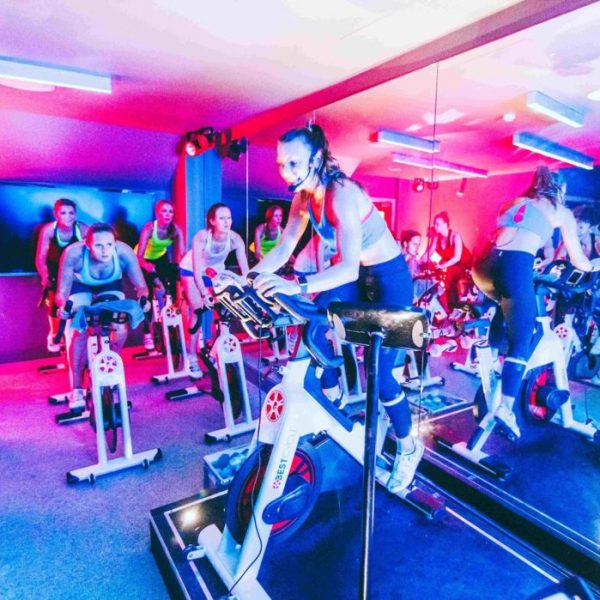
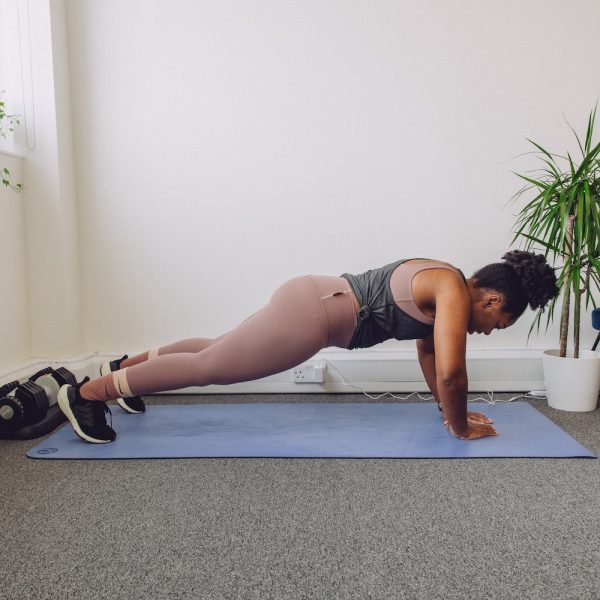
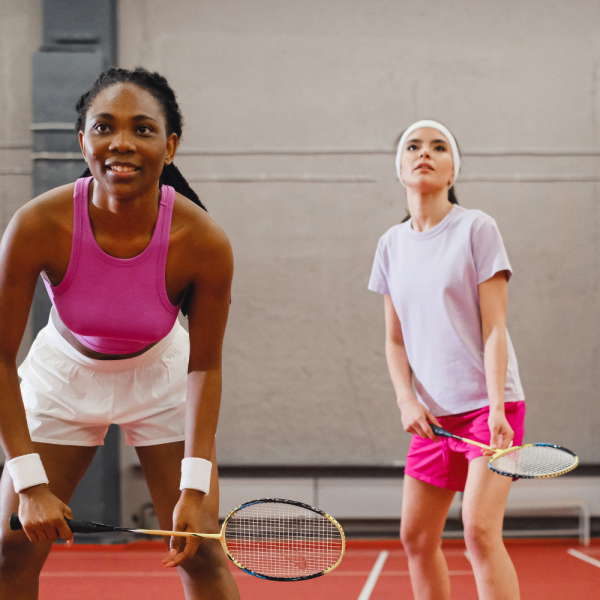
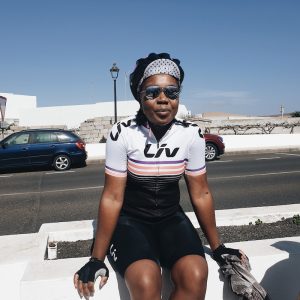

![🍊+ 🍋🟩 = WILD 💫it’s time for a new armpit scent and I’ve gone for pink grapefruit and lime… kinda sounds and smells like a cocktail 🍹if you’ve been thinking about making the switch when it comes to deodorant, shampoo, body wash or even (the currently sold out 🥲) lip balm, now is the time 😝[aff 🔗] I gots 20% off for ya with the code ELLE2024💥 or comment WILD below and I’ll send ya the link 📨🏷️: #natural #lowtox #morningroutine #skincareroutine #personalcare #keepitsimpElle](https://www.keepitsimpelle.com/wp-content/plugins/instagram-feed/img/placeholder.png)

Leave a Reply